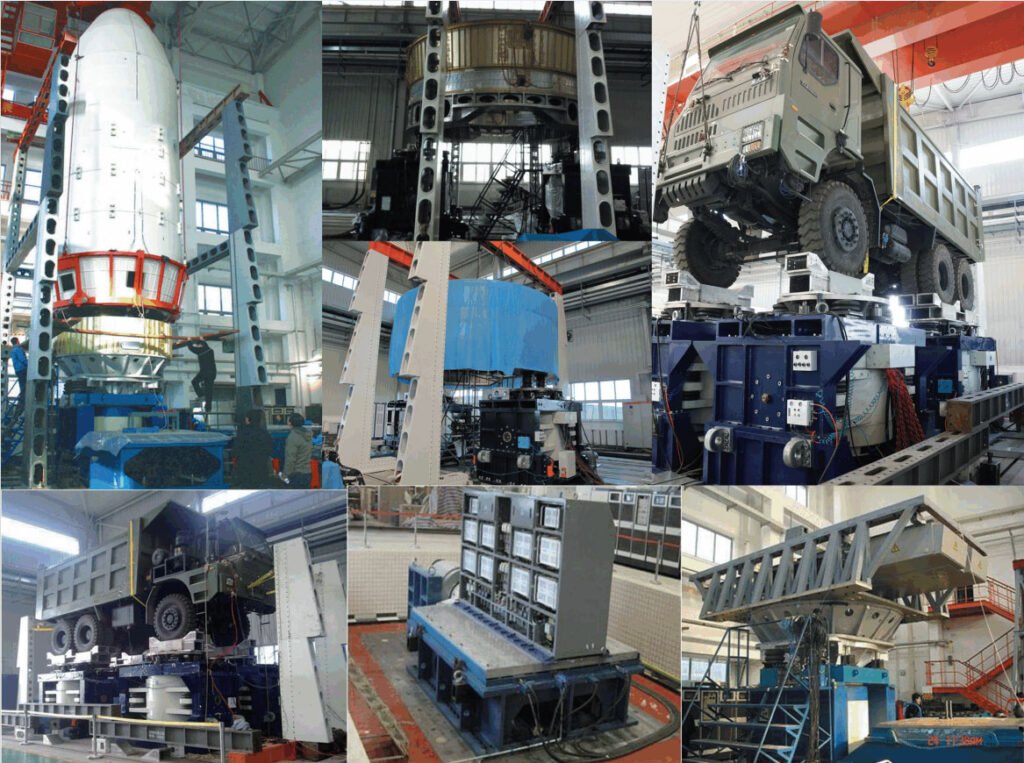Aerospace vibration testing is a critical step in the industry, where equipment and systems must be able to operate under extreme conditions, including high speed flight, climate change and vibration environments. To ensure the reliability and performance of aerospace equipment in the face of vibrating loads. Vibration testing is essential in environmental reliability testing. This article will describe two important test types and requirements for aerospace vibration testing to ensure the safety and reliability of equipment in flight and space missions.
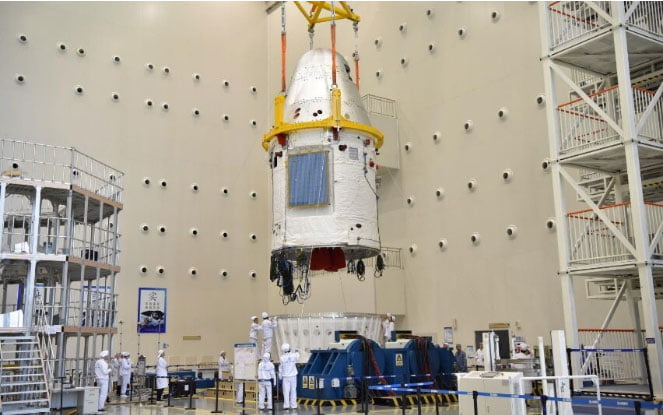
Sine sweep testing in aerospace vibration testing is considered a mandatory test method at the subsystem level and payload/spacecraft unit level. Sine sweep vibration test can also be performed at the component level when a component is suspected to be sensitive to this vibration environment.
According to relevant technical standards, the purpose of sinusoidal vibration test is to simulate the low frequency dynamic emission environment predicted by coupled load analysis (CLA) and to represent the sinusoidal environment during flight.
The sinusoidal vibration test must also meet the requirements of the launch vehicle supplier to demonstrate that the subsystem and payload/spacecraft unit can survive a low-frequency launch environment.
Typically, the frequency range of low-frequency emission environments can be as high as 100 Hertz (Hz). When conducting tests, a range of test frequencies should be defined to cover flight events important in coupled load analysis.
The technical standard also states that sinusoidal vibration tests should be carried out at 1.25 times the flight limit level and at a scanning rate of 4 octaves per minute. During testing, the subsystem and payload/spacecraft unit should be configured in both electrical and mechanical operating modes.
The level of the sinusoidal vibration test shall be statistically determined according to the following probability requirements:

The sine sweep vibration test can fully simulate the actual use environment and comprehensively evaluate the vibration characteristics and structural strength of the tested object. It is an important part of the aerospace vibration testing and is essential to ensure the reliability and safety of the product.
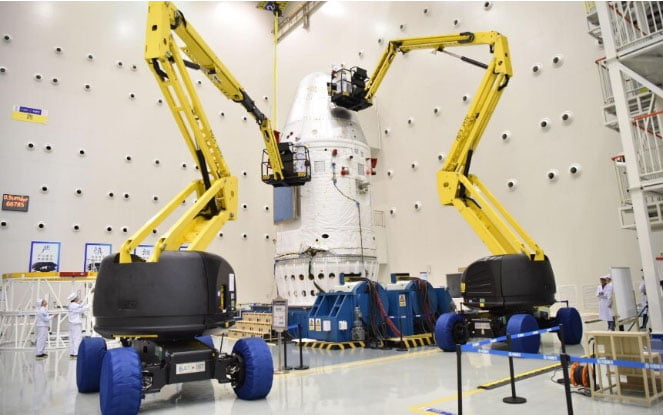
In random vibration tests, the subsystem level and payload/spacecraft unit level are considered mandatory test requirements, unlike sine sweep vibration test.
However, when it is suspected that a component is sensitive to this type of vibration environment, random vibration testing can also be performed at the component level.
According to the relevant technical standards, the purpose of random vibration testing is to ensure that the components operate in the intended task environment and to provide process screening to meet the requirements of all electrical, electronic and electromechanical components.
Random vibration testing may also be required for those parts that may be affected by mechanical transmission caused by the vibrating acoustic environment.
The technical standard mentions that detailed random test requirements can be found in the NASA-STD-7001 Vibration Acoustic Test Standard for Payloads.
In NASA-STD-7001, random tests are divided into several categories:
Qualification examination
Prototype flight test
Flight acceptance test
Minimum component process testing
The level and duration of random vibration tests shall be statistically determined according to the following requirements:
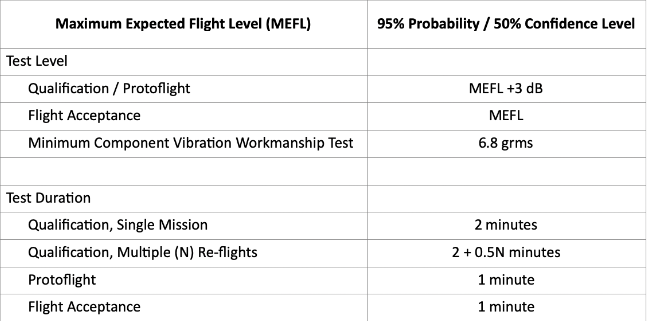
The following is the detailed spectrum of the lowest process random vibration test of the component:
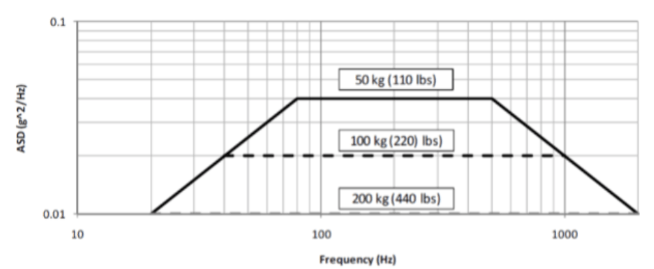
There are some practical aspects to consider when performing a vibration test:
These practical aspects can help ensure the accuracy and reliability of vibration tests. Specific vibration test processes and requirements may depend on the specific industry, application and technical standards involved. Before performing a vibration test, it is recommended to refer to the applicable technical standards and professional guidelines, and to consult professionals in the relevant field for more detailed and accurate information.
ALI Testing has been committed to aerospace vibration test research for many years and has participated in important projects at the national level. With rich practical experience and profound theoretical foundation,ALI Testing has unique insights and innovative results in sinusoidal scanning test, random vibration test and impact test. If you want to learn more about aerospace vibration testing, you can contact our team of experts today.
